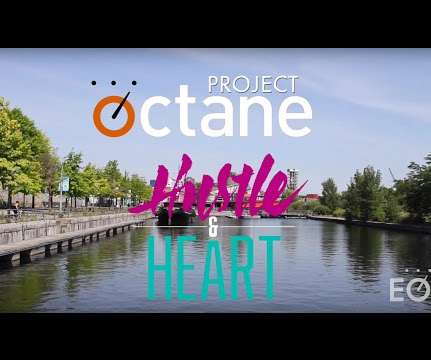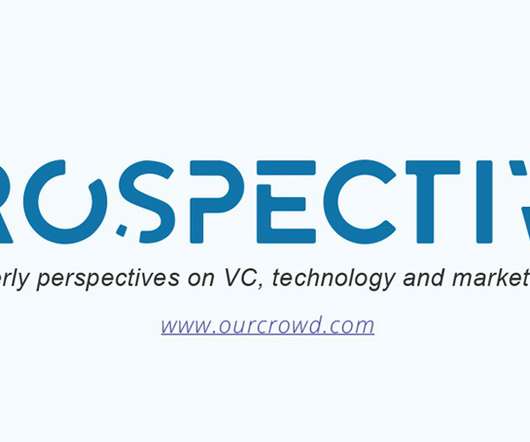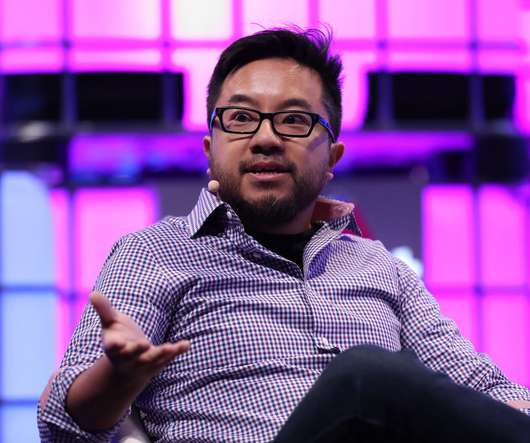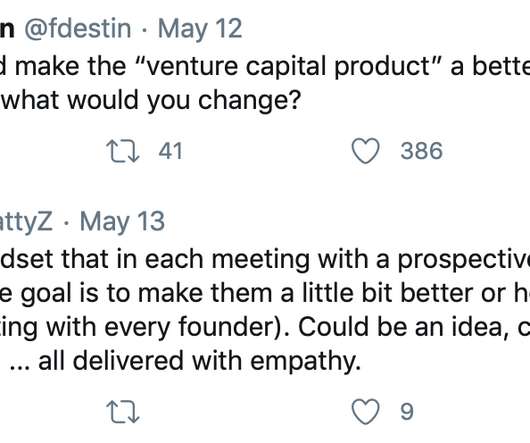How the Hell do I Prioritize Work, Blog & Find Balance?
Both Sides of the Table
JULY 14, 2015
I don’t know Ezra yet but since he’s taking the time to blog (which I hugesly respect) and share thoughts I thought I’d take him up on his challenge and also spill the beans on my secrets. On blogging I blog because I love it. Mostly I’m Blogging for the Hell of It, Not Blogging to Stay Relevant.















































Let's personalize your content